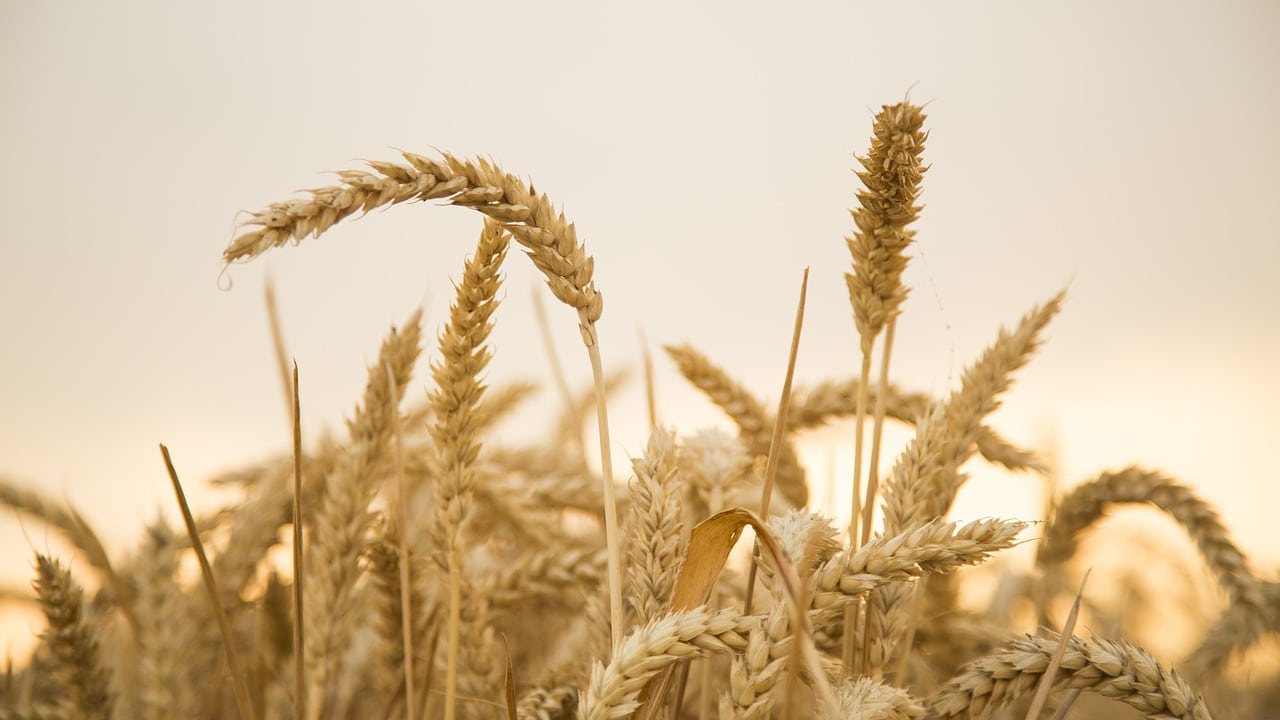Argentine Scientists Identify Key Genomic Regions to Boost Wheat Yields – seedworld.com


Breakthrough in Wheat Yield Improvement through Genetic Breeding

Introduction
A team of Argentine researchers led by Fernanda González from CONICET at CIT NOBA and INTA Pergamino has identified two key regions in the wheat genome linked to ear fertility, a trait crucial for enhancing wheat yield potential. This discovery, published in Field Crops Research, aligns with Sustainable Development Goal (SDG) 2: Zero Hunger, by aiming to improve food security through sustainable agricultural innovation.
Identification of Key Genetic Regions
Through extensive field trials, the researchers confirmed the presence of two Quantitative Trait Loci (QTLs), named QFFE.perg-5A and QFEm.perg-3A, which influence wheat reproductive efficiency. QTLs are DNA segments associated with measurable traits such as grain production. These specific QTLs correlate with increased grain number and improved ear fertility, contributing to higher yields.
Field Trial Results and Environmental Impact
- The QTL QFFE.perg-5A consistently improved yield across all tested environments.
- The effect of QFEm.perg-3A varied depending on environmental conditions.
- Favorable alleles of QFFE.perg-5A increased grain number per square meter by 8% and wheat yield by 5%.
- Yield improvements were attributed to both enhanced reproductive efficiency and a higher number of ears per square meter.
This approach simulates real-world farming conditions, addressing SDG 13: Climate Action, by considering environmental stresses and plant competition.
Applications in Wheat Breeding
The findings have immediate practical applications for wheat breeding companies aiming to develop higher-yielding varieties. The identified QTLs can be used as markers during the breeding process to select superior wheat lines, supporting SDG 9: Industry, Innovation, and Infrastructure, by fostering technological advancement in agriculture.
- Selection of wheat lines with favorable QTLs to increase yield.
- Potential future gene editing to target specific yield-enhancing genes.
- Ongoing research to identify candidate genes responsible for yield improvements.
Broader Implications for Global Food Security
The study’s implications extend beyond wheat, offering insights for other staple crops such as barley, rice, and corn. The conserved genetic mechanisms identified may facilitate integrated breeding strategies across species, advancing SDG 2: Zero Hunger and SDG 15: Life on Land by promoting sustainable agricultural ecosystems.
- Comparative studies across crop species.
- Development of cross-species breeding strategies.
- Public availability of data to support global breeding efforts.
Conclusion
This research builds on over 15 years of work focused on ear reproductive efficiency as a key trait for yield improvement in Argentine wheat varieties. The open-access nature of the data encourages collaboration with breeding companies, enhancing sustainable agricultural productivity and contributing to SDG 17: Partnerships for the Goals.
1. Sustainable Development Goals (SDGs) Addressed or Connected
- SDG 2: Zero Hunger
- The article focuses on improving wheat yields, which directly relates to increasing food production and ensuring food security.
- SDG 9: Industry, Innovation and Infrastructure
- The research involves genetic breeding and technological advancements in agriculture, promoting innovation in crop production.
- SDG 12: Responsible Consumption and Production
- Improving yield efficiency supports sustainable agricultural practices by maximizing output with potentially fewer inputs.
- SDG 13: Climate Action
- Although not explicitly stated, improving crop resilience and yield under environmental stresses implies adaptation to climate variability.
2. Specific Targets Under Those SDGs
- SDG 2: Zero Hunger
- Target 2.3: By 2030, double the agricultural productivity and incomes of small-scale food producers.
- Target 2.4: Ensure sustainable food production systems and implement resilient agricultural practices.
- SDG 9: Industry, Innovation and Infrastructure
- Target 9.5: Enhance scientific research, upgrade technological capabilities of industrial sectors, including agriculture.
- SDG 12: Responsible Consumption and Production
- Target 12.2: Achieve sustainable management and efficient use of natural resources.
- SDG 13: Climate Action
- Target 13.1: Strengthen resilience and adaptive capacity to climate-related hazards and natural disasters.
3. Indicators Mentioned or Implied to Measure Progress
- Yield Improvement Indicators
- Increase in wheat yield by percentage (e.g., 5% yield improvement with favorable QTL QFFE.perg-5A).
- Increase in grain number per square meter (e.g., 8% increase in grains/m²).
- Number of ears per square meter as a measure of reproductive efficiency.
- Genetic and Breeding Indicators
- Identification and use of Quantitative Trait Loci (QTLs) associated with yield traits.
- Adoption rate of wheat lines possessing favorable QTLs by breeding companies.
- Environmental Adaptation Indicators (Implied)
- Performance of wheat varieties under different environmental conditions and stresses.
4. Table of SDGs, Targets, and Indicators
| SDGs | Targets | Indicators |
|---|---|---|
| SDG 2: Zero Hunger |
|
|
| SDG 9: Industry, Innovation and Infrastructure |
|
|
| SDG 12: Responsible Consumption and Production |
|
|
| SDG 13: Climate Action |
|
|
Source: seedworld.com








